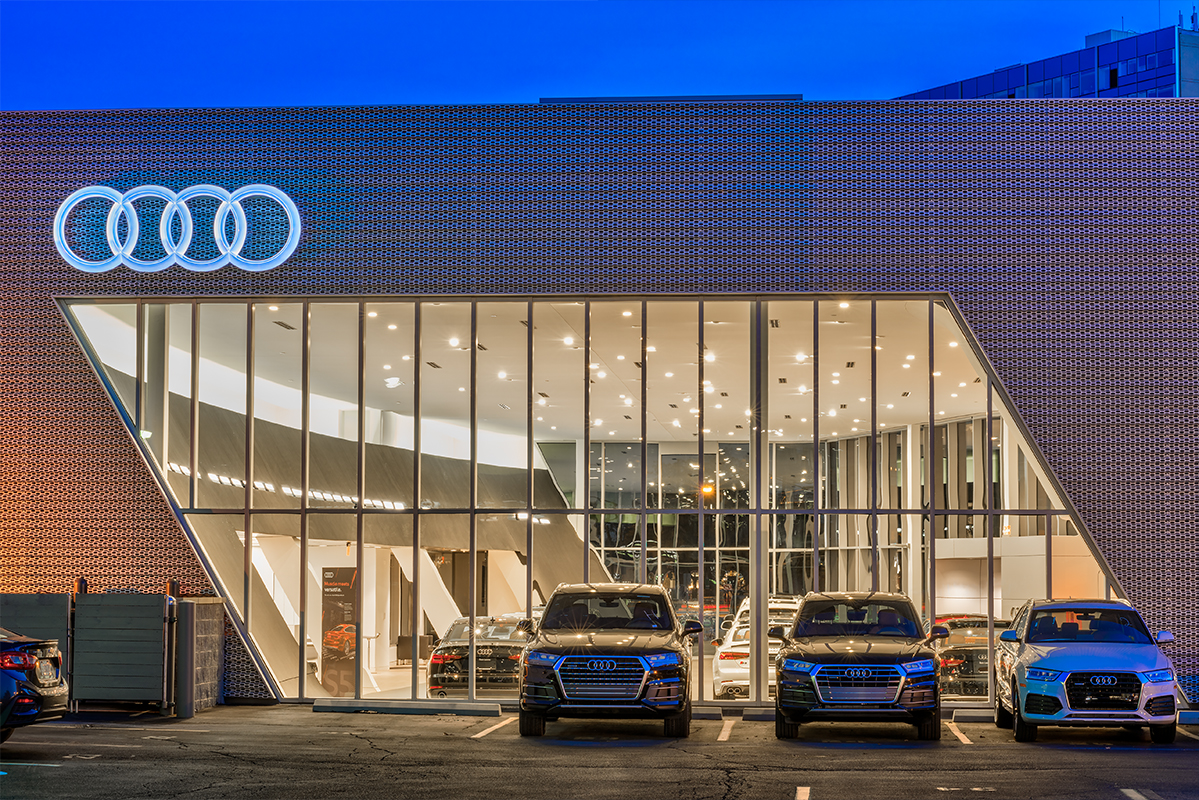Interview: Know the Codes - Understanding Fire-Rated Glazing Requirements

When it comes to fire-rated glazing, knowing and understanding what the building codes require is critical. The codes are changing constantly, so it can be tough to keep up with the requirements. Thom Zaremba, Partner at Roetzel & Andress, is a building codes expert who has represented the fire-rated glass industry for many years before various code bodies. Here, he answers some of the most common fire-rated glazing questions to help keep you in the know.
Q: What are the main codes architects and specifiers should be aware of in terms of fire-rated glazing products?
A: The primary codes they need to pay special attention to are:
• The International Building Code (IBC);
• The International Fire Code (IFC);
• The International Existing Building Code; and
• The National Fire Protection Association’s Life Safety Code, NFPA 101.
Architects and specifiers should also pay special attention to several standards that address the use of fire-rated glazings, namely:
• ASTM E119, which tests a product’s ability to qualify as a fire-resistance rated construction material;
• NFPA 80 which governs the installation and maintenance of fire doors and fire windows; and
• NFPA 252 and NFPA 257, which govern the testing of fire doors and fire windows, respectively.
For fire-rated glazing installed in “hazardous locations” such as doors and sidelites where it might be contacted by people or objects, it’s also crucial to consider impact safety ratings under ANSI Z97.1 and CPSC 16CFR1201 (Cat. I and II).
Q: How are fire-rated codes different compared to other building codes?
A: Requirements in the IBC concerning the use of fire-rated glazing materials are like any other provisions in this code. They apply to the construction of new buildings and compliance is required before an occupancy permit will be issued. The requirements of the IFC and NFPA 101, the Life Safety Code, are different in that their provisions can apply retroactively, to ensure the safety of existing buildings.
Q: Are there any common misconceptions or misunderstandings surrounding the codes architects often have?
A: It’s difficult to generalize since architects typically are very knowledgeable concerning the proper uses of fire-rated glazings. However, they should pay special attention to the differences between fire-protection rated glazings and fire-resistance rated glazings. For example, when smaller openings are acceptable, a selection of fire-protection rated glazings is available to fill openings in walls requiring a fire-resistance rating. This is because, in the event of a fire, smaller openings naturally limit the amount of heat that will pass through the wall. However, if the architect wants a large expanse of visibility, a fire-resistance rated glazing usually can eliminate any limitation imposed on the size of the openings. Fire-resistance rated glazing not only stops flame and smoke, it also blocks heat and can be used instead of an opaque fire-resistance rated wall.
Q: Fire-rated glazing products commonly are used in interior egress applications. As complex design demands and property setbacks lead architects to use fire-rated glazing in other areas, including the exterior, what codes should they be aware of?
A: Buildings must be constructed with vertical exits that allow occupants to reach the ground safely from their highest floors in the event of a fire. Their exterior walls must not only be energy efficient, but must also be constructed to withstand windloads and to prevent fire from spreading horizontally to nearby buildings. In addition, large glass expanses are highly desirable, both inside and outside the building, not only to provide natural daylighting, but for occupant views. As a result, architects must consider a number of codes when designing a building. For exterior walls, they must first consider the Building and Fire Codes before selecting a fire-rated glazing that will not only prevent horizontal fire spread, but can also withstand potentially high wind loads. Second, they must consider the Energy Code to ensure that the glazings they select are both energy-efficient and designed to meet applicable daylighting requirements. When designing interior walls, both the Building and Fire Codes must be considered to ensure that, in the event of fire, all horizontal and vertical exitways are constructed using fire-rated glazing capable of providing all building occupants with a safe and fireproof passageway to the outside of the building.
Q: Building codes change constantly. What are some current issues related to fire-rated glass to be aware of?
A: Alternate or substitute means and methods of both design and construction often are offered to architects and specifiers as a means to comply with ever-changing building, fire and energy codes. However, substitutes intended to replace “the real thing” can often carry unwarranted, unreasonable or, in some cases, hidden risks. Architects and specifiers must be particularly aware of hidden risks when asked to use a fire suppression—or sprinkler—system in combination with tempered glass as a substitute for a fire-resistance rated glazing. While tempered glass is perfectly safe when properly used, it can pose hidden risks when used in fire-rated applications. First, tempered glass is extremely sensitive to high levels of thermal stress, or uneven heating or cooling. This alone should disqualify tempered glass from being used in any application that requires a fire-resistance rating. Second, these “substitute” systems offer no quality control or assurance concerning how the glass is installed. Even slight installation damage to the edge of a tempered glass lite can significantly increase the risk of spontaneous breakage. This should disqualify tempered glass/sprinkler substitute systems from being used in any fire-resistance rated exit necessary to safely evacuate building occupants in a fire. In short, the architectural community should be extremely wary of anything but the real thing, namely, the use of a listed and labeled fire-protection rated or fire-resistance rated glazing.
Excerpt taken from Your Guide to Fire-Rated Glazing - USGlass/TGP Supplement, August 2017. View the complete Guide here.



 Thom Zaremba is a partner at Roetzel & Andress
Thom Zaremba is a partner at Roetzel & Andress